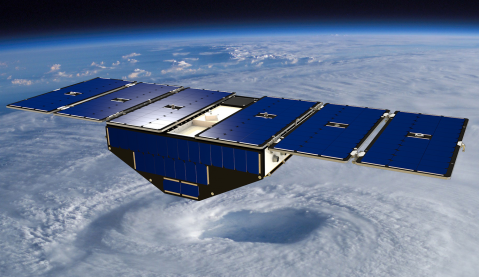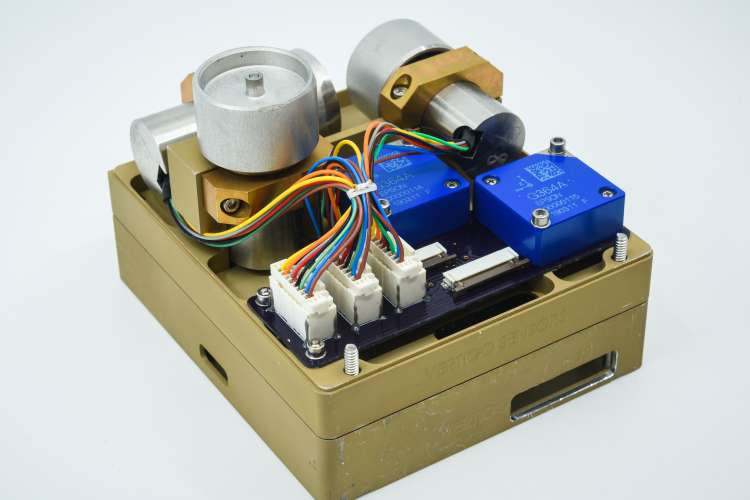Within Aerospace’s Vehicle Systems Division, the Embedded Control Systems Department performs test, validation, and mission readiness verification of the software and hardware avionics systems for spacecraft and launch vehicles. The department’s Embedded System Applications Center develops and maintains flight-equivalent avionics systems for performing independent verification and validation. To execute this, the Center conducts hardware-in-the-loop (HIL) testing using high-fidelity, flight-equivalent dynamic simulation environments.
Simulation
Aerospace utilizes three approaches to facilitate mission simulation:
- Scientific simulations are used for early flight software algorithm assessment and for Monte Carlo performance analyses
- Software-in-the-loop (SIL) simulations are used when flight software becomes available. SIL testing is best for test-case development, stress testing and evaluating off-nominal scenarios
- The HIL test environment uses flight-equivalent processors, hardware emulations and interfaces. HIL testing facilitates verification testing of the flight source code within a realistic hardware environment.
Case Study: Vertigo
Traditional spacecraft development timelines are too long to address many of the threat scenarios of the current space environment. Reducing this timeline could result in significant cost savings and, more importantly, rapid capability deployment. Once built, spacecraft require complex testing on custom testbeds to determine the final inertial distribution. This is essential for calibrating the spacecraft controls to enable high accuracy pointing and other specialized control modes.

Additional complications may arise since the launch configuration is not the same as the operational configuration. While the launch configuration is designed to withstand launch loads and can readily be integrated onto a test stand, the operational configuration, which is designed to operate in space without the effects of gravity, cannot be easily integrated onto a test stand.
This crucial test phase can be assisted with the use of Vertigo’s automated on-orbit system identification and controller synthesis. Vertigo is a highly useful attitudinal control system for reconfigurable/docking spacecraft, as the inertial distribution change negatively affects controller performance. An updated controller design facilitated by Vertigo can mitigate any potential performance impact encountered.
As the U.S. Space Force is expected to utilize reconfigurable and docking spacecraft in future missions, Vertigo can provide a means to determining new mass distributions and resultant controller updates in an automated way to minimize ground intervention and extend spacecraft mission life.

GPS Improves Hurricane Forecasting For CYGNSS
Contact Us

